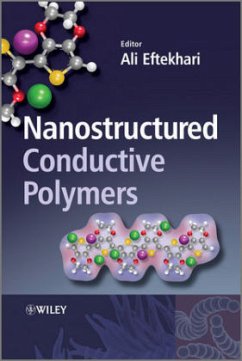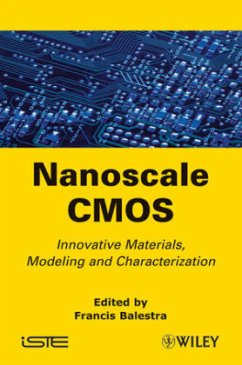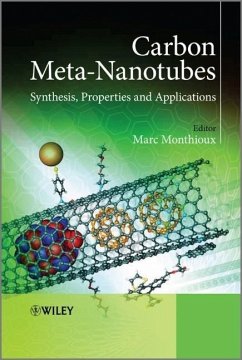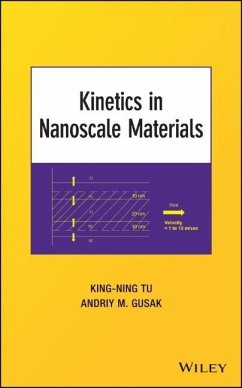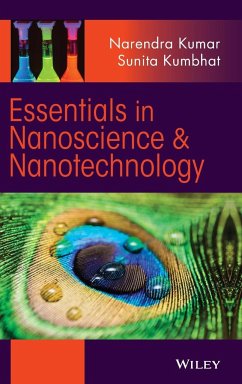
Microfluidic Devices in Nanotechnology Handbook, 2 Volume Set
Versandkostenfrei!
Versandfertig in über 4 Wochen
275,99 €
inkl. MwSt.

PAYBACK Punkte
138 °P sammeln!
This 2-Volume set covers fundamental concepts and applications highlighting the synergy between microfludics and nanotechnology. Volume 1 provides readers up-to-date knowledge about fluid and particle kinetics, spatiotemporal control, fluid dynamics, residence time distribution and nanoparticle focusing within micro fluidics. The fundamental concepts discussed here are invaluable for both nanotechnology and micro fluidic practitioners. The book has a total of nine chapters beginning with a comprehensive discussion on physics, modeling, technological components, and fabrication of micro fluidic...
This 2-Volume set covers fundamental concepts and applications highlighting the synergy between microfludics and nanotechnology. Volume 1 provides readers up-to-date knowledge about fluid and particle kinetics, spatiotemporal control, fluid dynamics, residence time distribution and nanoparticle focusing within micro fluidics. The fundamental concepts discussed here are invaluable for both nanotechnology and micro fluidic practitioners. The book has a total of nine chapters beginning with a comprehensive discussion on physics, modeling, technological components, and fabrication of micro fluidics along with information on future directions and probable techniques and applications that will drive the cutting edge research in micro fluidics. The rest of the book stimulates conversations on micro fluidic devices as enabling technologies. Highlighting the importance of a pre concentration strategy, the book also covers various methods for particle manipulation such as electrofluidic, and DC and AC electrokinetic methods. Finally, as residence time distribution (RTD) is one of the most relevant when nanomaterials are synthesized within microfludics, the book also provides the residence time distribution (RTD) for the formation of different types of nanoparticles. Volume 2 provides a source of information that elements of microfluidics and nanotechnology and shows a way forward for exciting applications in fields ranging from chemistry, biology, molecular & cell biology, neuroscience, catalysis and nanomaterials synthesis. Focusing on lab-on-a chip systems for drug delivery (also called bio-MEMS), separating bioanalytes using electrophoresis, genomic, proteomics and cellomics, the book is a must for biologists and biochemists. Highlighting the importance of nanoneuroscience, the book educates the reader on the discipline of microfluidics to study the nervous system at the single-cell level, and decipher physiological processes and responses of cells of neural origin. For a nanomaterials chemist interested in novel approaches for synthesis of nanomaterials, the book provides an excellent source of information covering a wide variety of microfluidic-based approaches for synthesis of metallic as well as non metallic nanomaterials. Finally, opening a window for next generation alternative energy portable power devices, nanocatalyst development for industrially useful reactions in silicon-based micro reactors is discussed especially in the context of syngas conversion to higher alkanes; which could solve current difficulties of storage and transportation by converting natural gas into liquid fuels.



